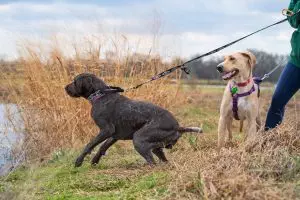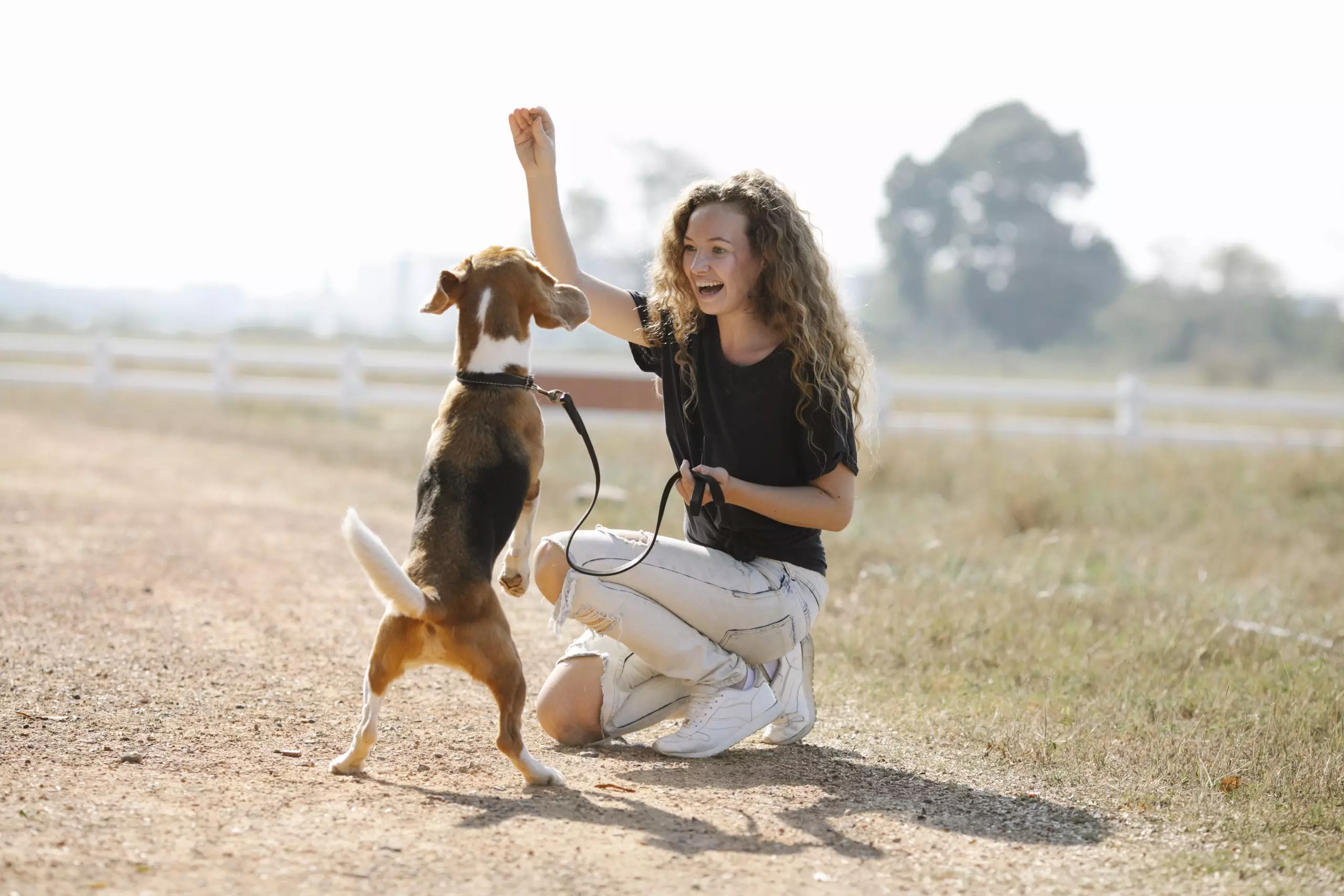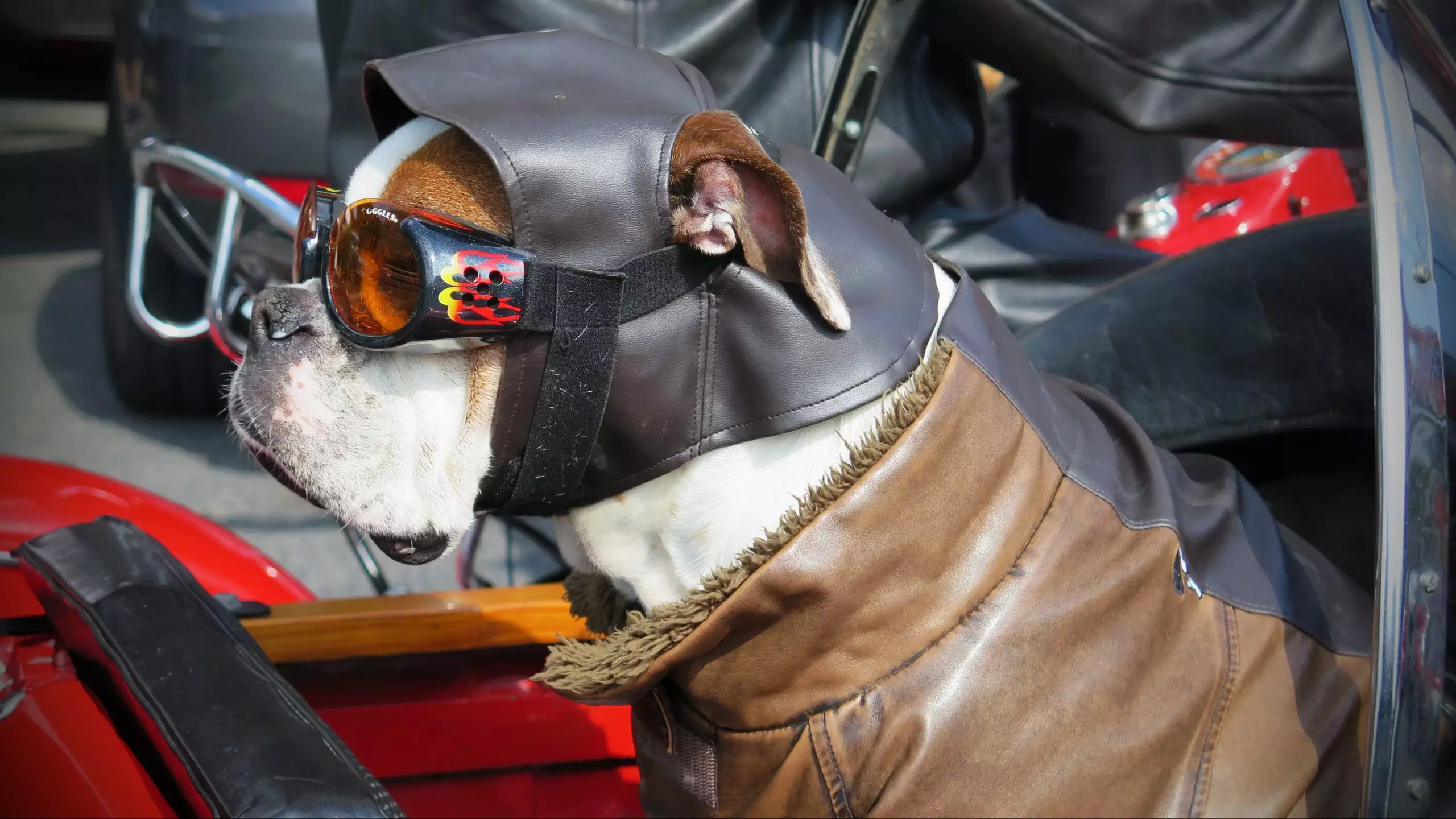Stop Dog Pulling
Have you ever found yourself constantly struggling to control your furry friend on walks? Is your dog notorious for pulling on the leash, making the experience frustrating and even painful? Fear not, as there are numerous ways to stop a dog from pulling on a leash. Firstly, it is important to understand why dogs pull in the first place. Many dogs pull because they are excited or curious about their surroundings. Others may simply be trying to assert dominance over their owner or other animals they encounter. Regardless of the reason, it’s crucial to address this behavior early on so that both you and your pup can enjoy a stress-free walk. One effective method for stopping dog pulling is through positive reinforcement training. This involves rewarding good behavior with treats or praise while ignoring bad behavior such as pulling.
Reasons for Leash Pulling

If you are struggling with leash pulling, know that you are not alone. It is a common behavior among dogs and can be caused by several reasons. The first reason why your dog might pull on the leash is due to excitement. Dogs love going out for walks, and the sights, smells, and sounds of the outdoors can get them pumped up. Another possible cause of leash pulling is lack of exercise or inadequate mental stimulation. If your dog has too much energy built up inside them, they may take it out by pulling on their leash during walks. Additionally, dogs who are bored tend to look for ways to release their pent-up energy as well. Fear could also be a factor in why your dog pulls on their leash. If they feel threatened or scared when walking past certain people, objects or other animals while leashed, they may try to pull away from these perceived threats as a survival instinct.
Recognizing Trigger Behaviors
As a pet owner, it can be frustrating when your dog pulls on the leash during walks. This behavior can not only cause discomfort for you but also put your furry friend in danger of getting hurt. It’s important to recognize the trigger behaviors that lead to pulling so you can stop them in their tracks. The first step in recognizing trigger behaviors is to observe your pup closely. Does he get overly excited when he sees other dogs or people? Does he lunge forward when he smells something interesting on the ground? These are common triggers that result in pulling. Once you’ve identified these behaviors, take note of them and stay alert during walks.Another effective way to prevent leash pulling is by practicing positive reinforcement training. Reward your dog with treats and praise when they walk calmly without pulling on the leash. This helps reinforce good behavior and encourages them to repeat it in the future.
Training Techniques to Stop Pulling
Training Techniques to Stop Pulling Does your dog pull on the leash during walks? This is a common problem that many pet owners face. Walking a dog that constantly pulls can be frustrating and even dangerous, as it can lead to accidents or injuries. However, there are several training techniques you can use to stop your dog from pulling on the leash. Firstly, try using positive reinforcement techniques. Reward your dog with treats or verbal praise every time they walk beside you without pulling. This will teach them that walking calmly by your side is a behavior that is rewarded, and they will be more likely to repeat it in the future.Another technique is to use a no-pull harness or head collar. These devices work by applying gentle pressure when your dog tries to pull away from you, which makes it uncomfortable for them to pull forward.
Using Positive Reinforcement
Using positive reinforcement is a proven technique for stopping dogs from pulling on their leash. This method involves rewarding good behavior rather than punishing bad behavior. By providing treats, verbal praise, and affection when your dog walks calmly beside you, they will learn that this behavior is desired and will be more likely to repeat it. One effective way to use positive reinforcement is by carrying small treats with you on walks. Whenever your dog walks nicely beside you without pulling, give them a treat as a reward. Verbal cues such as “good job” or “well done” can also reinforce good behavior and boost your dog’s confidence.It’s important to remember that using positive reinforcement takes time and consistency. Don’t expect immediate results – instead, focus on praising your dog every time they do something right.
Setting Expectations and Rules
Walking your dog is an excellent way to bond with them and keep them healthy. However, if your furry friend pulls on their leash constantly, the walk can become unpleasant for both of you. Setting expectations and rules from the beginning will help stop your dog from pulling on their leash. Firstly, it’s essential to invest in a suitable collar or harness that fits securely without being too tight or uncomfortable for your dog. Using a retractable leash can also be helpful but only after training your dog not to pull excessively. Setting clear boundaries by using commands such as “heel” and “stop” will teach your dog what is expected of them during walks.Another effective method to discourage pulling is positive reinforcement by rewarding good behavior with treats or verbal praise. Consistency is key when it comes to training dogs; therefore, every member of the family should follow the same rules and commands while walking the dog.
Conclusion: Effective Leash Walking
Leash walking is one of the most basic skills dog owners need to teach their furry friends. It’s an essential part of dog training, as it ensures that both you and your pup stay safe while taking walks. However, it can be quite challenging to stop a dog from pulling on the leash. Nonetheless, with consistency and patience, you can train your pet to walk calmly by your side. One way to prevent your dog from pulling on the leash is by using positive reinforcement methods. Rewarding good behavior encourages your pet to repeat it in the future. When training a dog to walk calmly on a leash, start in a low-distraction environment such as indoors or in your backyard before transitioning to more stimulating environments like parks or busy streets. Another effective method for preventing dogs from pulling on leashes is by utilizing “stop-and-go” techniques.





